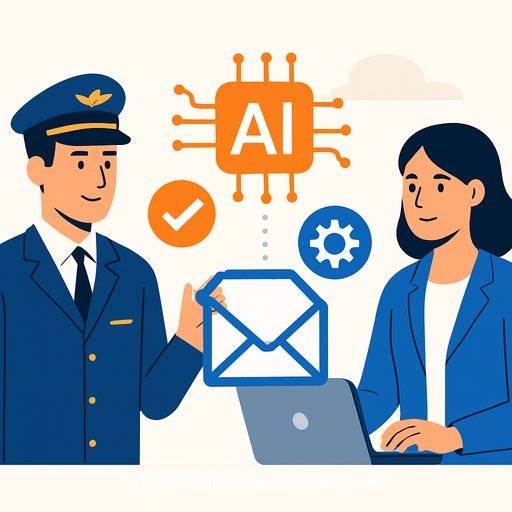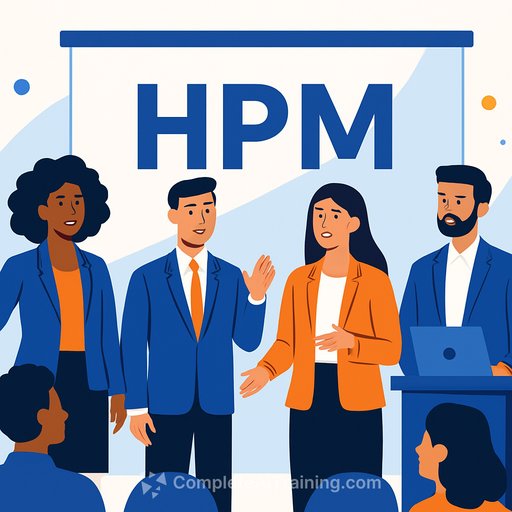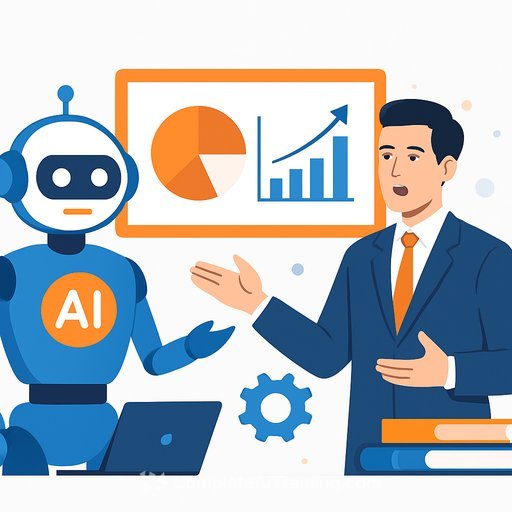Chemist Warehouse turns HR's shared inbox automation into a standard pattern
Chemist Warehouse built an AI-assisted shared inbox tool for HR and it's quickly becoming the model for other internal teams. The AI drafts replies to common, low-risk questions from 22,000 employees, and HR advisors review and send.
The goal started simple: reduce repetitive work, fix burnout, and keep good people. Along the way, the team built a reusable pattern others can adopt with minimal rework.
Why HR started here
HR was dealing with high volume and high repetition through a national shared inbox. Boilerplate responses helped for a while, but they didn't scale.
The team shifted to an AI-supported workflow: capture knowledge, feed it to the system, and let the AI draft first responses for common topics. Advisors remain in control.
How AIHRA works
- The AI scans the HR shared inbox every 30 seconds.
- It picks messages that match approved, low-risk topics.
- It drafts a response using a curated knowledge bank.
- An HR advisor reviews, tweaks if needed, then clicks send.
For the first 10 topics, most replies are "click and send." One key lesson from the build: "We spent more time teaching the system what not to respond to than what to respond to." Guardrails matter.
The hard part: capturing what's in people's heads
Much of HR's working knowledge wasn't documented. That slowed early progress, but it became the "golden content" the AI now relies on.
Documenting policies, nuances, and exceptions is the heavy lift. The drafting is the easy part once your knowledge base is clean.
Tech stack and why it scales
The initial version used Microsoft's low-code and AI stack: Power Platform and Copilot Studio for orchestration, with Azure AI Foundry for more complex pieces. If your org is already on Microsoft 365, this is a natural fit.
Because inbox challenges are similar across functions-repetitive questions, SLA pressure, and policy-bound answers-the same pattern can extend to IT, Payroll, Operations, and beyond.
What this means for HR leaders
This approach preserves the human parts of HR and offloads the repetitive. Advisors get more time for coaching leaders, supporting employees through tough situations, handling investigations, and ensuring compliance.
You don't need to automate everything. Start where risk is low, volume is high, and answers are predictable.
A practical playbook you can reuse
- Identify 5-10 high-volume, low-risk topics (e.g., leave, onboarding steps, basic policy FAQs).
- Build a single source of truth for each topic: policy, edge cases, and examples.
- Set strict eligibility rules so the AI knows what to ignore and when to escalate.
- Keep a human in the loop. Define who reviews drafts and target response times.
- Track metrics: first-response time, auto-draft send rate, rework rate, satisfaction.
- Iterate weekly. Add topics slowly, prune weak content, and tighten guardrails.
- Train advisors on "editing for clarity" and create a feedback loop to improve the knowledge base.
- Address privacy and compliance up front: PII handling, audit logging, data retention.
- Communicate with employees about what the inbox can and cannot do.
Where to apply this next
- IT Service Desk: account access, password resets, device requests
- Payroll: payslips, tax forms, bank detail updates
- Store Ops: rostering basics, uniform queries, safety reporting
- Finance/AP: invoice status, vendor setup, receipt reminders
- Facilities/Logistics: maintenance requests, delivery windows, claims
Skill up your team
If you're building a similar capability, structured learning helps. See practical programs by role at Complete AI Training - Courses by Job or explore automation-focused resources here: Automation.
AI isn't replacing HR advisors here. It's clearing the inbox so your team can focus on the work that actually moves the needle-people, risk, and culture.
Your membership also unlocks:






